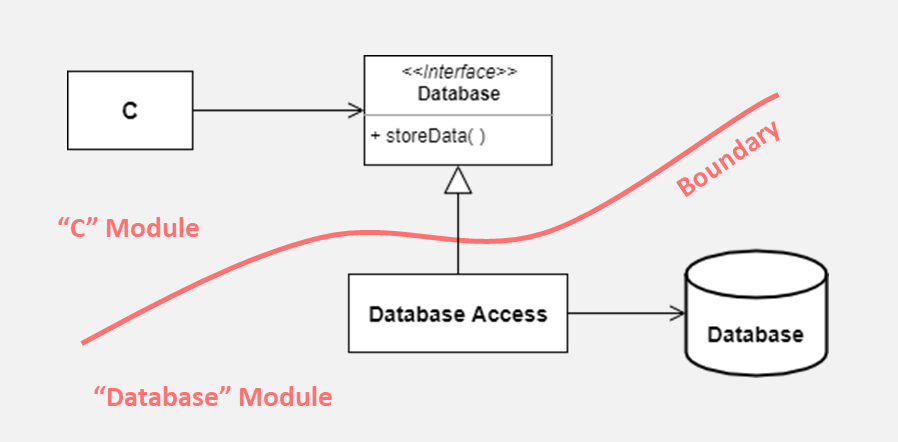❓ Do you know what comparison-based sorting algorithms are?
Did you know that sorting algorithms that are *not* comparison-based can run faster?
A short thread 🧵 ... 1/3
#ComputerScience #100DaysOfCode
Did you know that sorting algorithms that are *not* comparison-based can run faster?
A short thread 🧵 ... 1/3
#ComputerScience #100DaysOfCode
Comparison-based algorithms:
🔹 Repeatedly ask "is this element smaller/bigger than this other element?". A function that acts as a black box answers these questions.
🔹 Are general-purpose. No assumptions are made about the input data.
Examples: Quicksort and Mergesort. 2/3
🔹 Repeatedly ask "is this element smaller/bigger than this other element?". A function that acts as a black box answers these questions.
🔹 Are general-purpose. No assumptions are made about the input data.
Examples: Quicksort and Mergesort. 2/3
Non-comparison-based algorithms:
🔹 Make strong assumptions about the input data (for example, all elements are small integers).
🔹 Can elude the O(n log n) lower bound of comparison-based algorithms and run in O(n) time.
Examples: Counting sort and Radix sort. 3/3
🔹 Make strong assumptions about the input data (for example, all elements are small integers).
🔹 Can elude the O(n log n) lower bound of comparison-based algorithms and run in O(n) time.
Examples: Counting sort and Radix sort. 3/3
• • •
Missing some Tweet in this thread? You can try to
force a refresh






